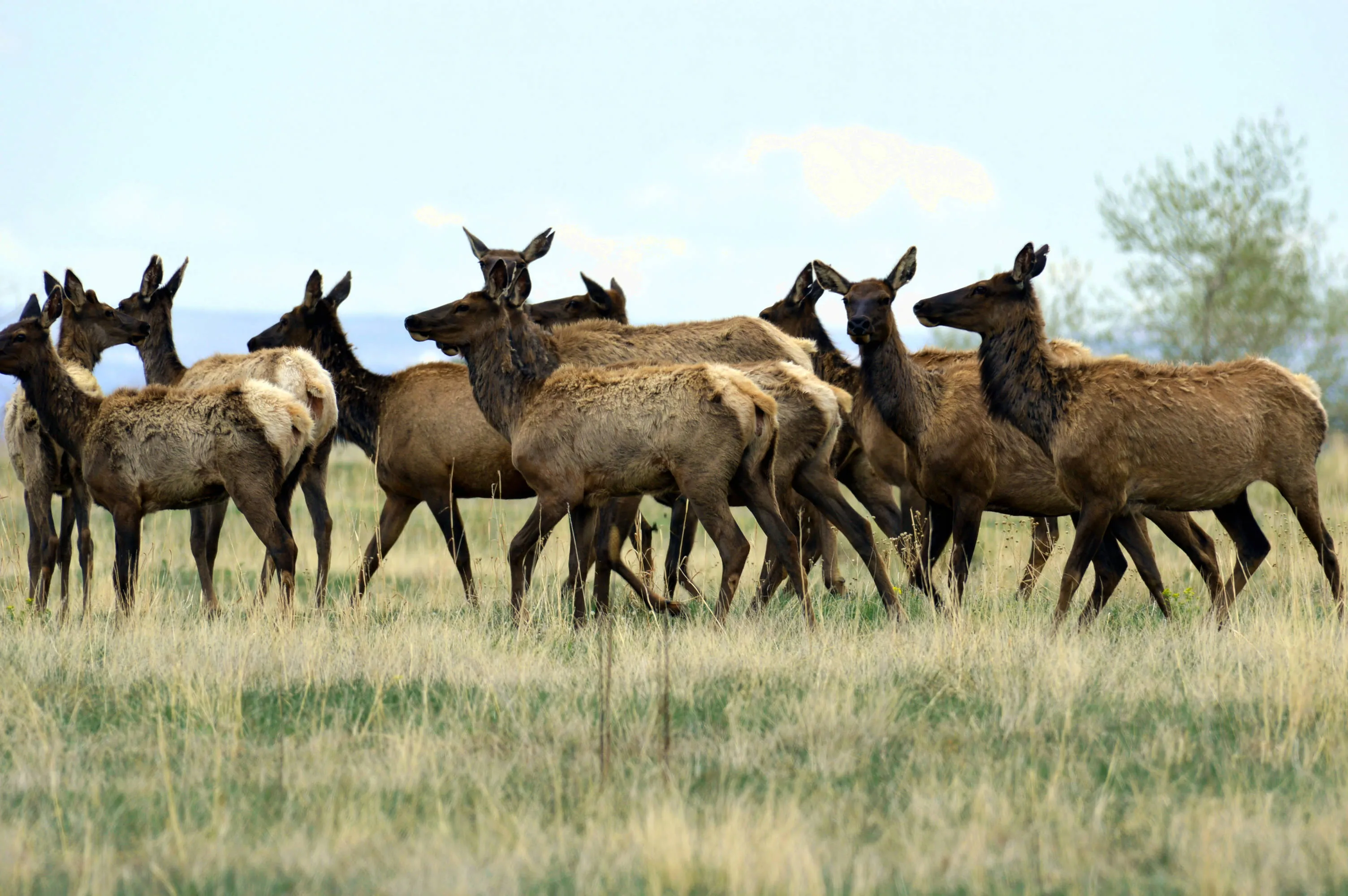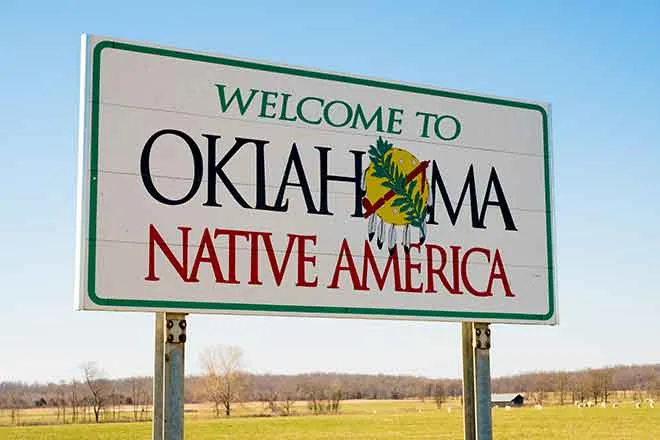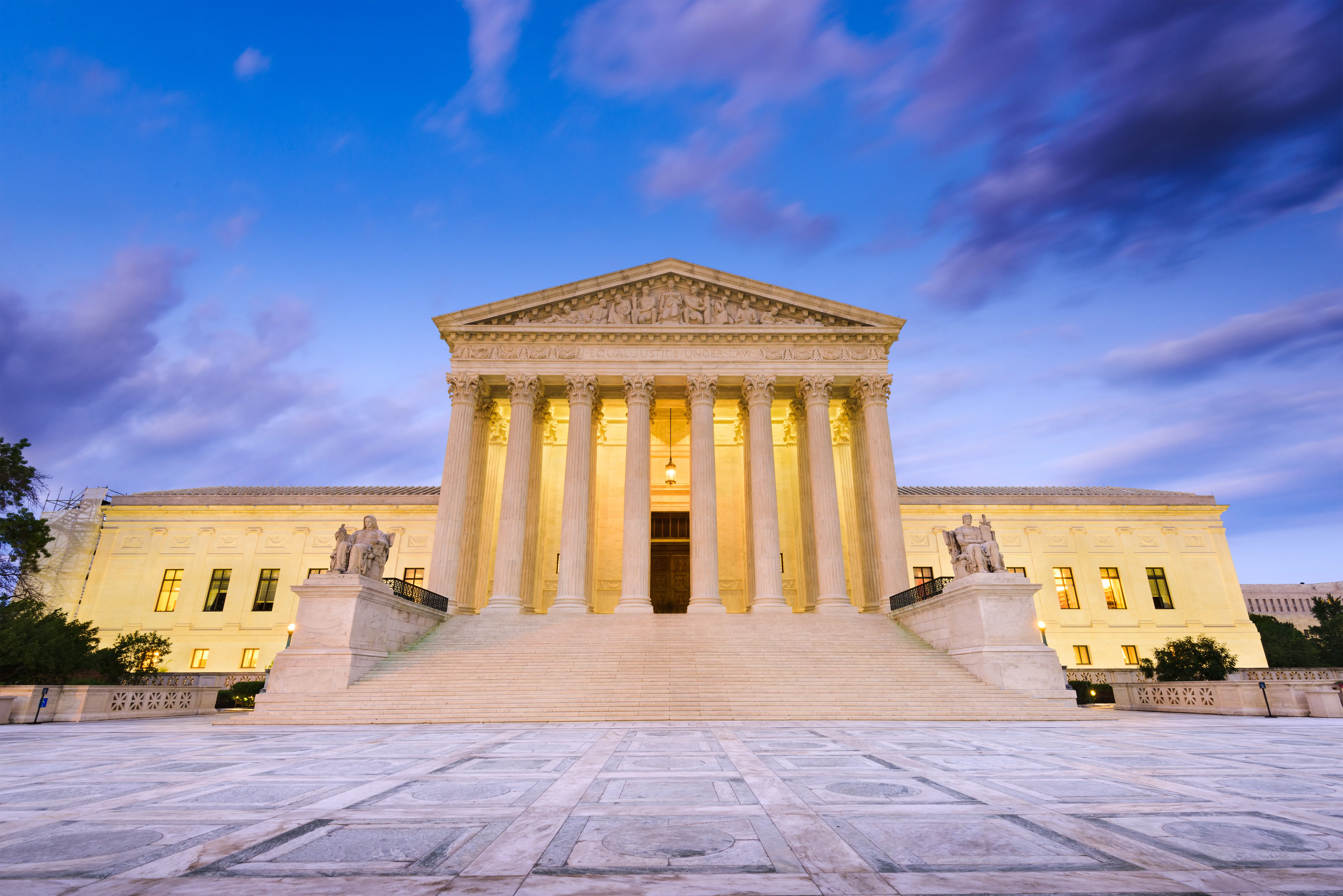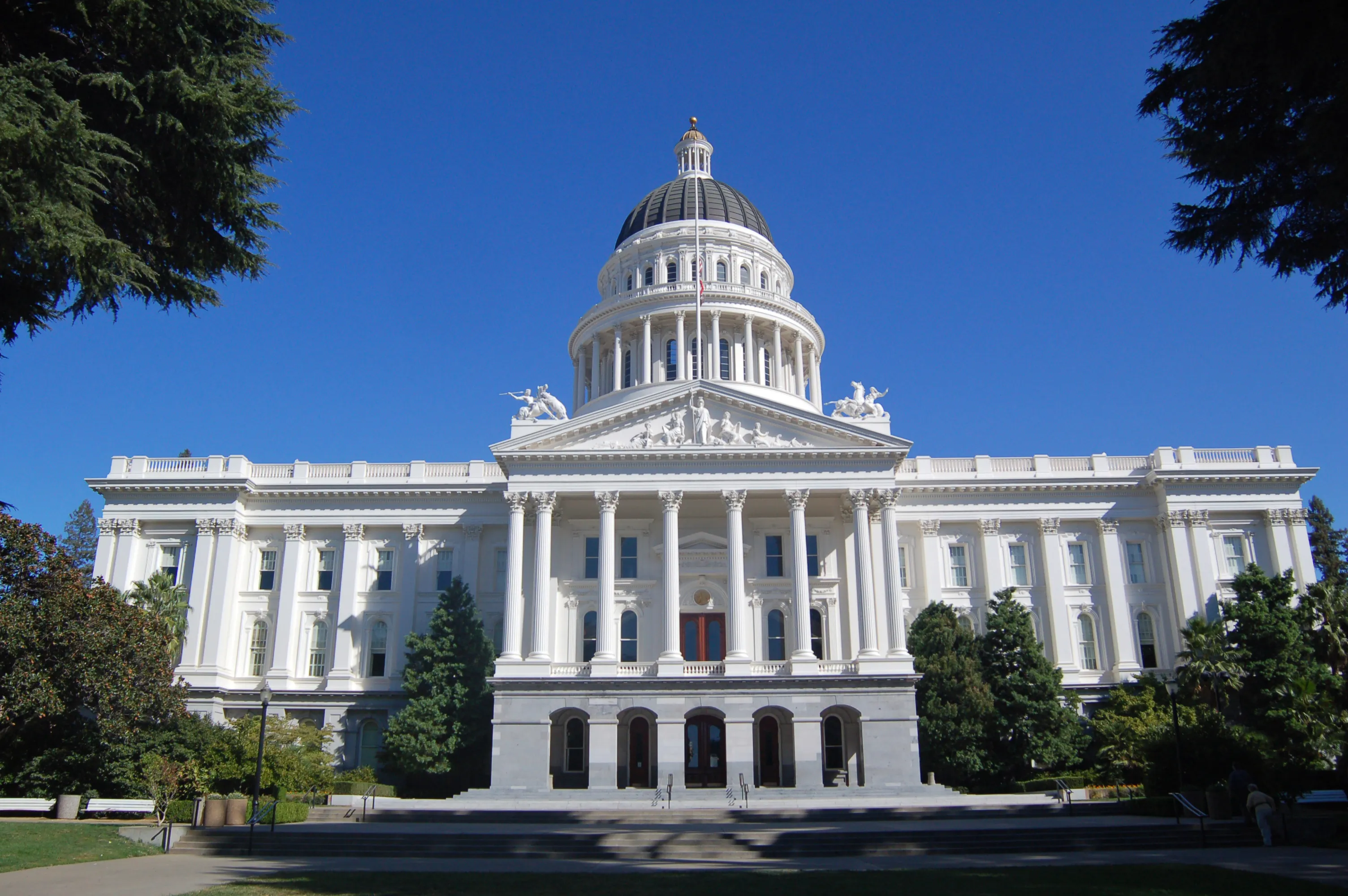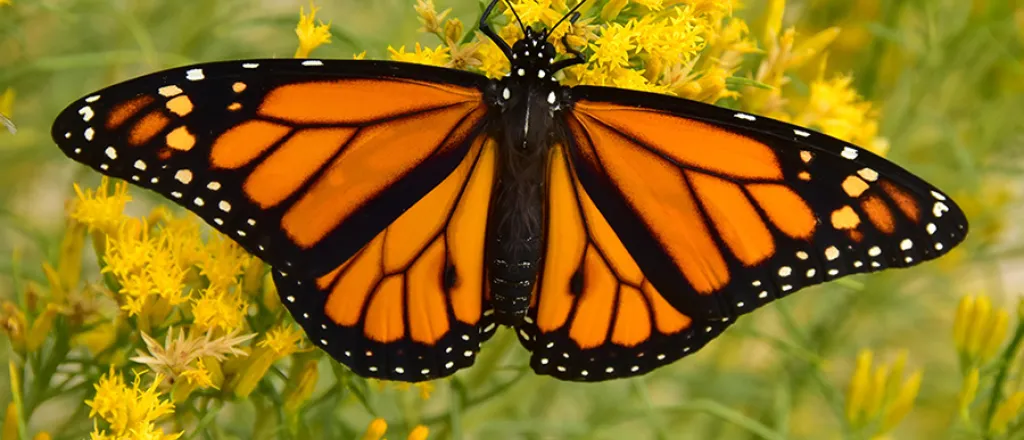
Monarch butterfly winter count shows significant improvement
(California News Service) This winter, volunteers counted more than 335,000 Western monarch butterflies in an annual survey, a big improvement over the last few years, but still far short of historical numbers.
Observers only counted 2,000 of the iconic black-and-orange butterflies in 2020, and then 250,000 in 2021.
Rebeca Quinonez-Pinon, senior manager of the Climate-Resilient Habitat Program, and monarch recovery strategist with the National Wildlife Federation, said it still represents a 90% decline in numbers over the past few decades.
"In the late '80s and the early '90s, the count of monarchs was very high," Quinonez-Pinon explained. "One of the highest numbers that was recorded was in 1997, with 1.2 million monarchs."
She said experts would need to see an average of 500,000 monarchs over a period of five years in order to consider the monarch population stable. In California, the public can visit large clusters of monarch butterflies for a few more weeks at Pismo State Beach, in Pacific Grove near Monterey, and at Natural Bridges in Santa Cruz County.
This winter, 250 volunteers conducted the butterfly counts at 272 overwintering sites, coordinated by the Xerces Society. The biggest clusters of monarchs were found on private property in Santa Barbara County.
Quinonez-Pinon said going forward, California needs to work to protect butterfly habitat and continue the fight against global warming.
"Habitat loss and fragmentation, which is completely exacerbated by climate change, and the heavy use of pesticides are the three top threats to the monarch butterfly," Quinonez-Pinon outlined. "That's where we need to focus."
She and other experts noted people can do their part by planting butterfly-friendly gardens, filled with native nectar plants and native milkweed.

